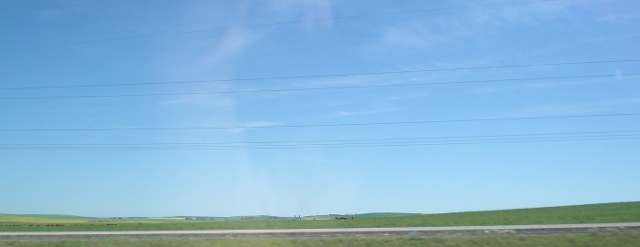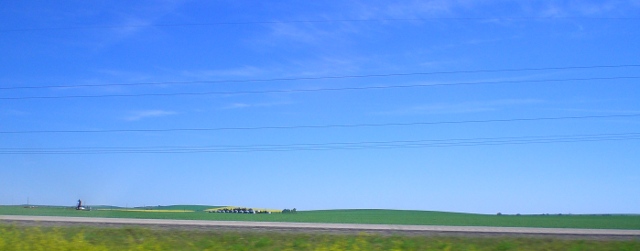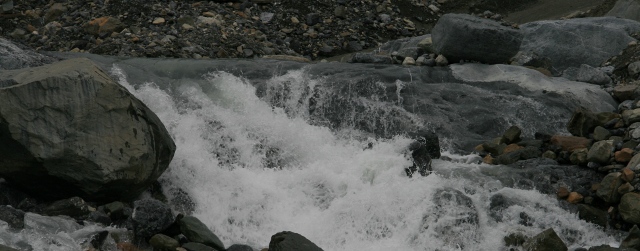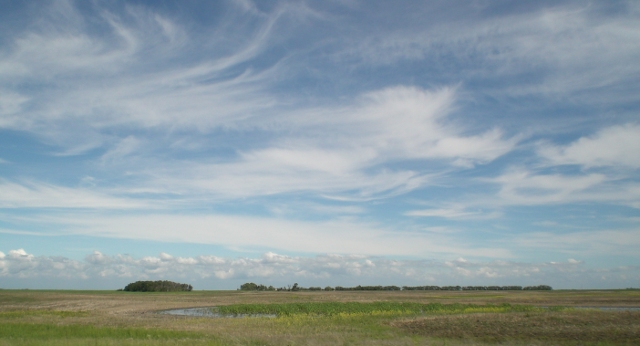We presented at the Legislature regarding Saskatchewan’s Energy Future. We proposed a feed-in tariff, increased wind power, adoption of a smart grid, and LEED incentives.
Tag: Hydro Power

Feed-In Tariff Proposal for Saskatchewan
A Feed-in-Tariff is a policy mechanism designed to provide an incentive for development of a desired type. Typical implementations of feed-in-tariffs for power generation usually involve guaranteed long term prices for electricity generated and guaranteed grid access. This means that if a person or company builds this type of desired generation, they are guaranteed to be able to sell their power, and guaranteed a minimum price for their power.

Energy Storage
Energy storage is the saving some form of energy for later use. Energy is critical to every accomplishment of humans. This energy can take many forms. Some examples include potential, kinetic, chemical, and nuclear energy.
Energy storage is critical to the stable function of a power grid. Inevitably, power stations have to be serviced or have failures. Even failures that are a fraction of a second can be disastrous for certain applications, such as monitoring systems for heavy machinery, computers, and other sensitive electronics. Stability of power is a key factor in the design of an effective power grid. Stability requires that there be backup systems in place in case of a baseline power failure. Energy storage is required for most backup systems to be effective.

Hydroelectricity
Hydroelectric power generation is the act of using moving water to generate power. Historically this was done using paddle wheels in streams to turn grinding stones for making grain flour. Today, most hydroelectric dams are of a larger scale. A hydro dam location is chosen because it has a large amount of flowing water that can exit the dam at a much lower height than it was taken at. As in a waterfall, the waters falling through the dam generators speed up and drive turbines, generating power.
